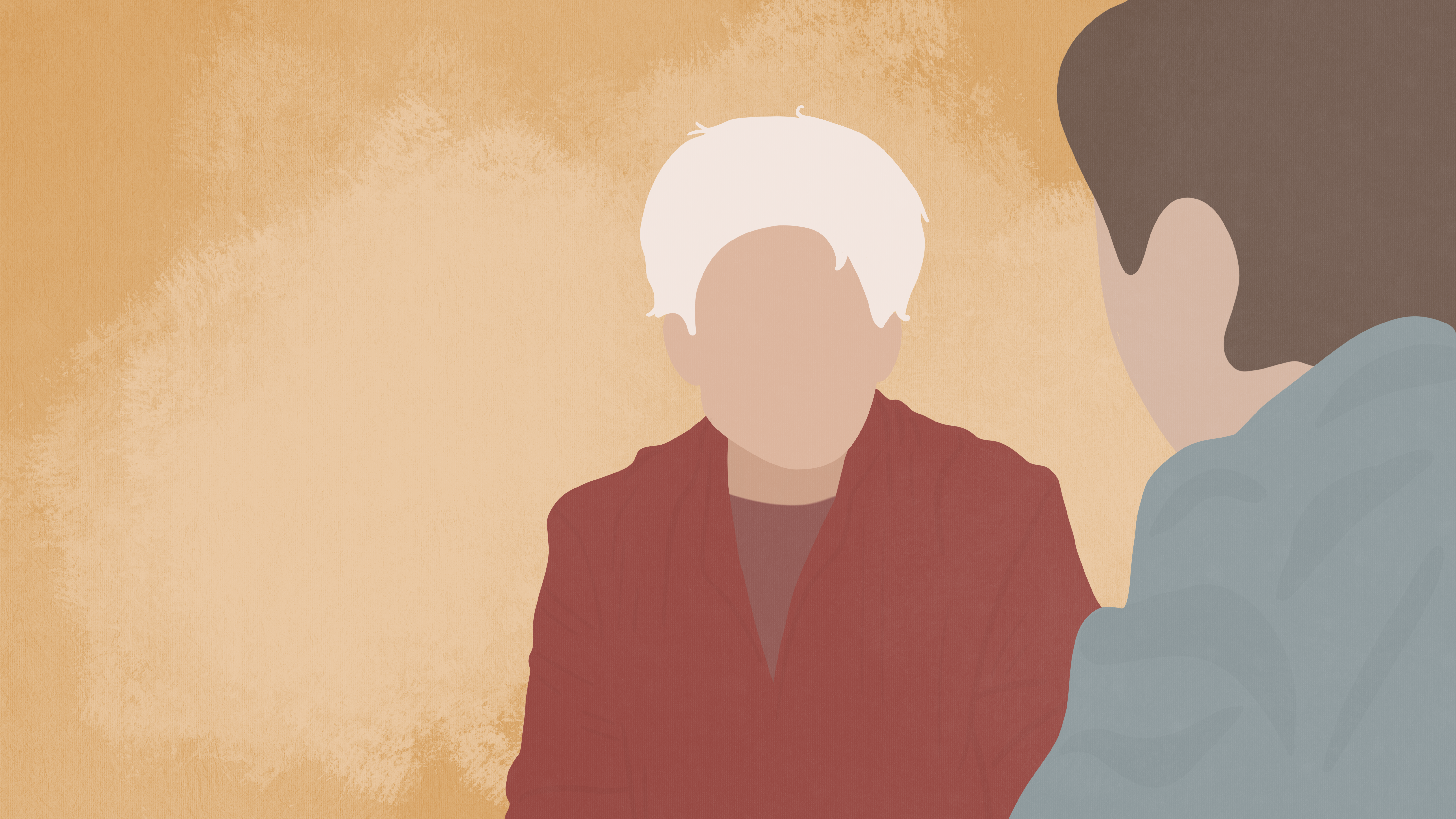A beneficiary designation is the description of the person or persons you want to receive a particular asset, like funds from a retirement account, upon your death.1
While wills and trusts are a great vehicle for organizing and passing along your assets, the process can also be time-consuming and costly.2 Since beneficiary designations generally override provisions in wills and trusts, establishing these allow the asset to avoid potential probate costs under a will.3
Table of Contents
- Types of Beneficiary Designations
- Who Can Be Named as a Beneficiary?
- What Assets are Payable or Transferable on Death?
- Three Mistakes to Avoid
- Other Ways to Transfer Assets
- Video
- Sources
Types of Beneficiary Designations
There are two types of beneficiary designations. Pay-on-death (POD) and Transfer-on-death (TOD) designations allow the beneficiary to receive an asset upon your passing.1 A POD designation authorizes an institution to pay out the balance of a financial asset to the designated beneficiary. In contrast, a TOD designation transfers the ownership of an asset to the designated beneficiary. Neither type requires an attorney or court approval.4 The beneficiary does not have authorized access to the asset until after the owner has died. They will have to provide proof of identity and a certified copy of the deceased’s death certificate to gain possession of the asset.5
Who Can Be Named as a Beneficiary?
Beneficiaries can be charities, children, family members, friends, or spouses. Minors can be named beneficiaries but will need an adult guardian to manage the asset until their eighteenth birthday. If you don’t designate a custodian of said asset, a court will appoint one until the minor reaches eighteen (18). It’s important to note that beneficiary designations do not provide any distribution oversight for limited access to assets. Assets of this nature need to be in a trust, which can establish distribution oversight.
In some cases, you can designate a secondary and even a tertiary beneficiary upfront so if the primary beneficiary is deceased, the asset will automatically go to the secondary beneficiary (or tertiary if the secondary is also deceased).3 These backup beneficiaries are also crucial in the instance your primary beneficiary “disclaims,” or turns down, the asset intended for them. If you would prefer to designate your estate as a beneficiary, the asset will be distributed according to the instructions laid out in your will.6
What Assets are Payable or Transferable on Death?
POD’s and TOD’s can apply to a number of assets.1 Financial assets such as:
- bank accounts;
- life insurance policies;
- retirement accounts;
- savings bonds; and
- securities accounts
can be subjects of Pay-on-Death designations. Transfer-on-Death designations usually apply to
3 Mistakes to Avoid
- Designations and incapacitation: These designations do not protect the assets in the instance of incapacity. If you are incapacitated, your beneficiary will not be given access to the asset until your actual death. They also bypass any other estate documents, such as a will, so it is crucial to confirm that any beneficiary designations you have established do not contradict the instructions specified in your will.
- Include in a broader estate plan: Beneficiary Designations are not stand-alone estate plans. They function as small factors of a larger plan that might also include powers of attorney, a revocable living trust, or a will.8
- Keep your beneficiary designations current: Reviewing your designations regularly is crucial, particularly after notable life events such as the birth of a child, death of a beneficiary, divorce, establishment of a business, or marriage. Without this oversight, you risk leaving assets to an unwanted or ineligible beneficiary, such as a former spouse or deceased relative. It would be difficult or costly for your desired beneficiaries to gain control of the asset.2,3
Other Ways to Transfer Assets
There are several other ways to distribute assets if you do not have any established beneficiary designations.
- Ownership: Assets owned jointly automatically pass on to the surviving owner.9
- Trust: A trust identifies a third party “trustee” to hold or manage assets on behalf of a beneficiary. The trust establishes specific terms and conditions for transferring the assets.9,10
- Will: Any assets that are not transferred by ownership, beneficiary designations, or a trust will be transferred according to the instructions in the deceased’s will.9
- State Intestacy: If the deceased does not have a legal will, the remaining assets will be disbursed according to the state’s laws in which the deceased resided.9
Video
Sources
- https://legacyassuranceplan.com/beneficiary-designations/
- https://learn.eforms.com/estate-planning/estate-planning-checklist-dont-go-without-these-7-must-haves/#beneficiary-designations
- https://www.ameriprise.com/customer-service/beneficiary-designation-faqs/
- https://legacyassuranceplan.com/payable-on-death/
- https://legacyassuranceplan.com/transfer-on-death/
- https://www.unitedway.org/my-smart-money/immediate-needs/a-family-member-has-died/what-is-a-beneficiary-designation#
- https://www.alllaw.com/articles/nolo/wills-trusts/how-transfer-us-savings-bonds-after-death.html#:~:text=Savings%20bonds%20are%20often%20registered,Redeem%20the%20bond.
- https://legacyassuranceplan.com/life-insurance-annuities-qualified-retirement-plans/
- https://myguidance.fidelity.com/ftgw/pna/public/lifeevents/content/losing-a-loved-one/overview/setting-estate-after-death
- https://www.fidelity.com/life-events/estate-planning/trusts
